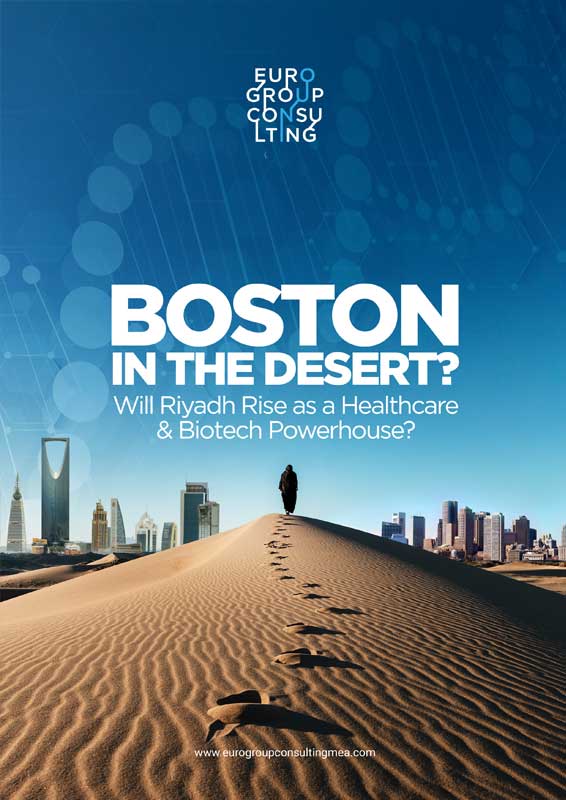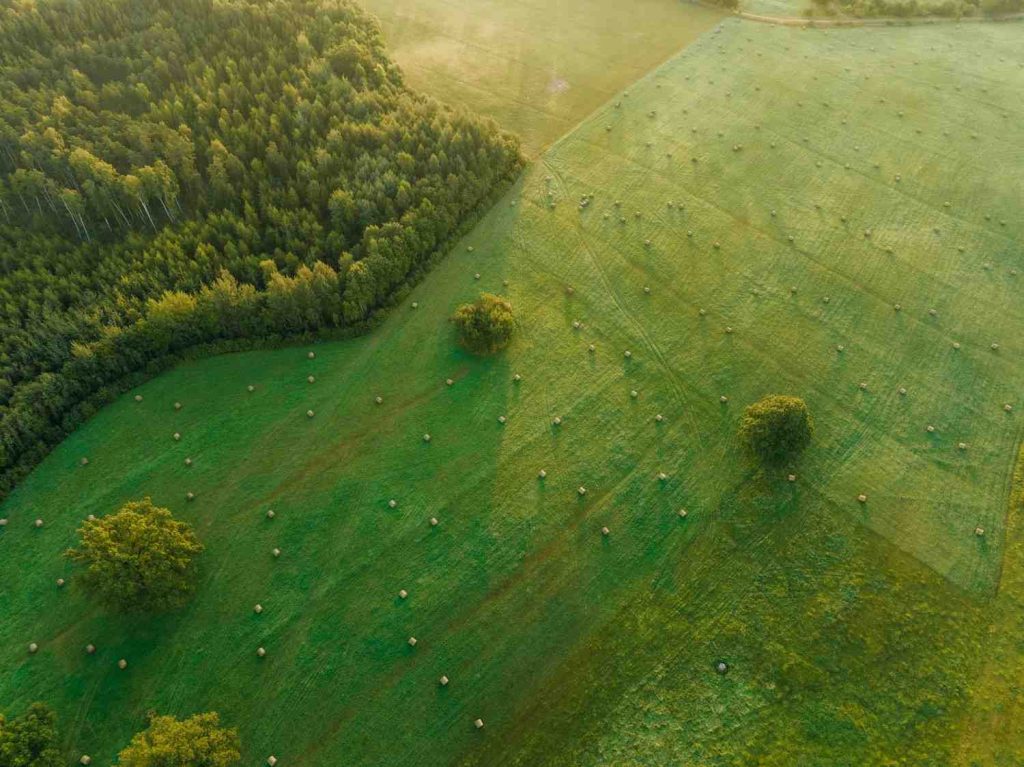
The Middle East is undergoing a major energy transformation. Once seen as solely dependent on oil and gas, the region is now becoming a serious player in the clean energy race. Driven by bold net-zero targets, government roadmaps, and green finance strategies, Middle East Green Energy Investment is booming.
The region’s renewable energy market is expected to grow from $26.8 billion in 2025 to $59.9 billion by 2030, a compound annual growth rate of 14.4%. With solar and wind at the center of this shift, countries like the UAE, Saudi Arabia, and Qatar are leading the charge with world-scale projects.

UAE, Saudi Arabia, and Qatar Lead the Middle East Green Energy Investment
These three Gulf nations are making the biggest waves. The UAE plans for 44% of its energy mix to come from alternatives by 2050, spearheaded by solar projects and wind farms. Its clean energy champion, Masdar, displaced 7.5 million tonnes of CO₂ in 2021 and aims for a 100GW clean energy portfolio by 2030.
Saudi Arabia is pushing aggressively. It’s tendering 20GW of new renewables every year through 2030, aiming for 50% of its electricity to come from renewables. Its signature initiative, NEOM’s Green Hydrogen Project, will be the world’s largest, producing 600 tonnes of carbon-free hydrogen daily with 4GW of solar and wind, cutting 5 million tonnes of CO₂ emissions per year.
Qatar, meanwhile, is investing in 5GW of solar by 2035 and planning 4GW of new large-scale renewable projects by 2030. Its Al Kharsaah Solar PV plant already powers over 200,000 households, and the country is also building the world’s largest blue ammonia facility.
The Investment Behind the Transition
The pivot is backed by serious capital. Around 90% of Middle Eastern sovereign wealth funds (SWFs) now have sustainability embedded in their strategies. These SWFs have already invested $3.55 billion in global climate tech and are active in carbon markets and infrastructure.
The clean energy sector alone is expected to attract $10 billion in 2025, with cumulative solar PV investments reaching $182 billion across the region. Renewables now account for 10.8% of installed power capacity, growing faster than any other source.
Middle East Green Energy Investment: Challenges Still Remain
Despite progress, scaling renewable projects isn’t without hurdles. Grid integration is a concern, especially with the variable nature of solar and wind. Countries need better storage, flexible grids, and backup power.
Policy gaps also hinder growth in some nations. Unclear regulations can slow development and scare off global investors. And while investment is rising, fossil fuel subsidies and financing structures still favor legacy energy, creating funding gaps for renewables.
Clean Tech Opportunities Are Expanding
However, these challenges also create an opening. The region’s $60 billion green energy market by 2030 is a call to action for clean tech providers, storage innovators, sector-coupling specialists, and carbon management firms.
With flagship projects like NEOM and Masdar, and strong support from regional and international financiers, the Middle East is set to become a global hub for energy transition solutions. Middle East Green Energy Investment is no longer a future concept but something that is happening now. For clean energy players ready to scale, the Gulf offers one of the world’s most ambitious and well-funded platforms for innovation.
Read Also: Why Green Infrastructure Projects Matter for Southeast Asia Now




